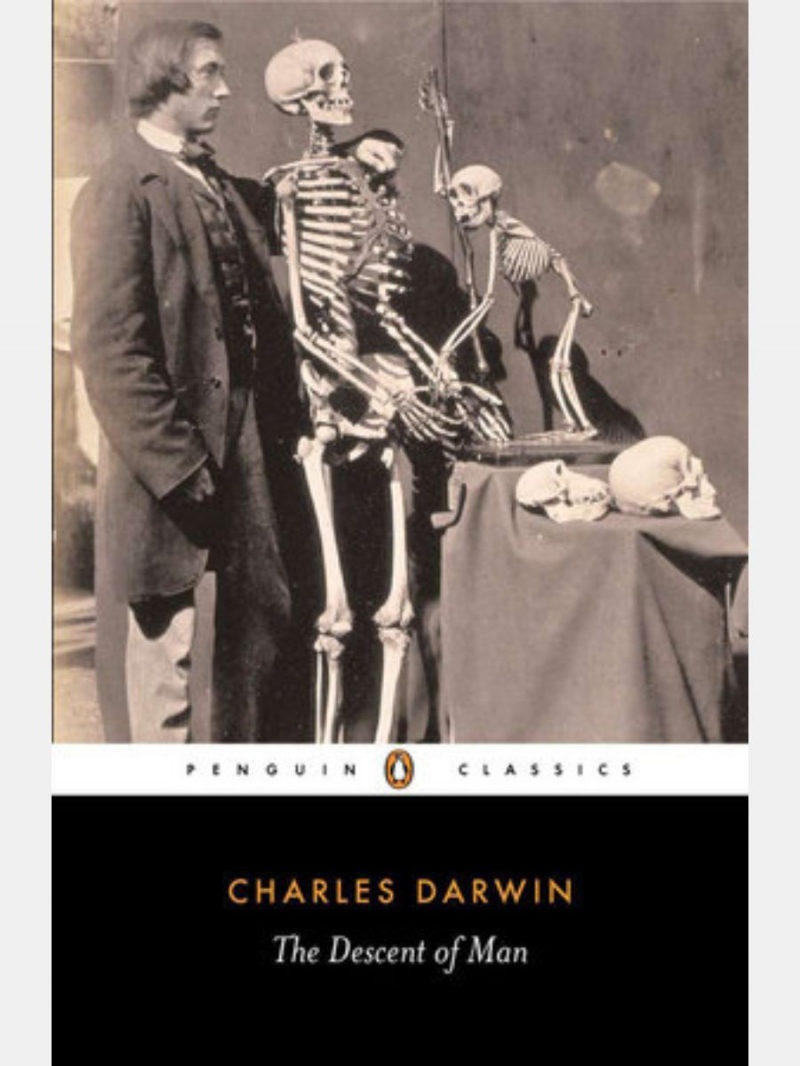The Descent of Man
Although Charles Darwin first presented the idea of sexual selection in On the Origin of Species by Means of Natural Selection (1) 150 years ago, The Descent of Man, and Selection in Relation to Sex (2), which was published in 1871, is unquestionably his most influential work on the subject.
Although Darwin's contribution to the theory of sexual selection is what makes The Descent of Man most well-known, the primary objective of the book was to show that evolutionary principles extended to humans and that we descended from an ape-like common ancestor. Darwin considered that a thorough explanation of sexual selection was important because he thought it was crucial to understanding how humans evolved and how different human populations diverged. In spite of the fact that the majority of the book is about sexual selection, many of Darwin's ideas about it are found in his chapters on humans.
In order to explain obvious physical characteristics in animals, such as prominent color, greater size, or eye-catching adornments, it also established the idea of sexual selection. Members of one sex compete with one another to be selected as a sexual partner of the other sex, which causes them to develop particular traits like peacock feathers. Although Darwin's theories on sexual selection were initially viewed with suspicion, by the middle of the twenty-first century, biologists had come to accept them as valid.








